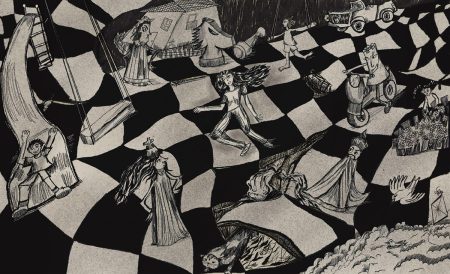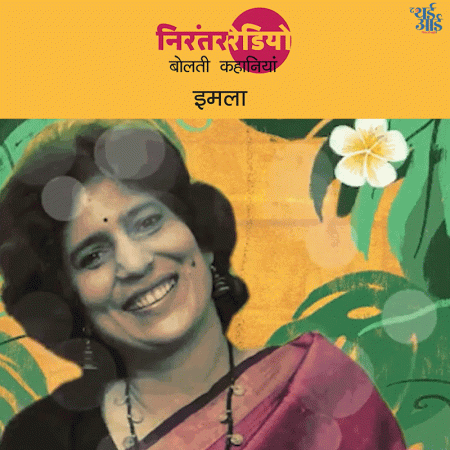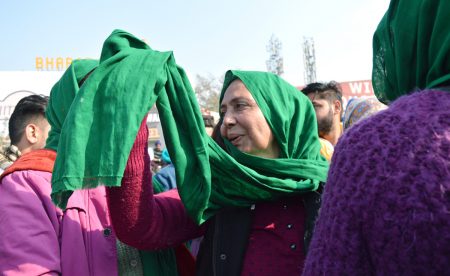Do You See What I See?! is an antithesis to learning with fear.
This story is not about a classroom full of young learners who know no rules; it’s about that introvert sitting quietly in a corner.
Tilottama says the inspiration for the graphic narrative Do You See What I See?! comes from a co-learning space where we all feel safe while exploring our curiosity unconditionally. Here, Tilottama shares vivid memories from their experiences as a facilitator in various educational programmes around Dhaka and India. In this graphic narrative, they reconnect with experiences where communication is intimate and as well as collective.
Tilottama narrates an incident etched in their memory from a classroom. “A six-year-old Maya was crouching on a bench in the corner of the class, as most of her classmates made comments: ‘Why are you not responding to the class/not doing homework/mingling with anyone?’ When I tried to communicate with her, I noticed Maya felt uncomfortable communicating in front of others. I thought of leaving the space for silent observation, and over time, found out that she had a different way of communicating with the environment, especially through her drawings. She would draw a lot of butterflies and talk to them. She was not alone… she would even get lost in a world she had created!”
Tilottama says that fear takes the shape of an invisible body and limits one from expressing their emotions. Judgement invokes fear.
“The narrative asks how we can explore knowledge through unlearning. As a facilitator, I would like to underline a practical obstacle that is growing over a period in our post-colonial education system where fear and humiliation are becoming essential tools for controlling the growing mind.
Why do we even use fear and learning in the same sentence?
The story is rooted in Bengal, and the protagonist shares their name with the national bird of Bangladesh—Doyel. Bonbibi, a native mystical deity, becomes Doyel’s personal sanctuary. The story also has Minu, a friend and Juju, a symbol of fear. Through these characters, Tilottama addresses family, society and the larger state—how these three work to control voices that are eccentric, abstract and mostly honest. In the narrative, we see young Doyel and her world through her perspective.
‘Do you see what I see?!’ is a question she asks when you enter her imagination.































